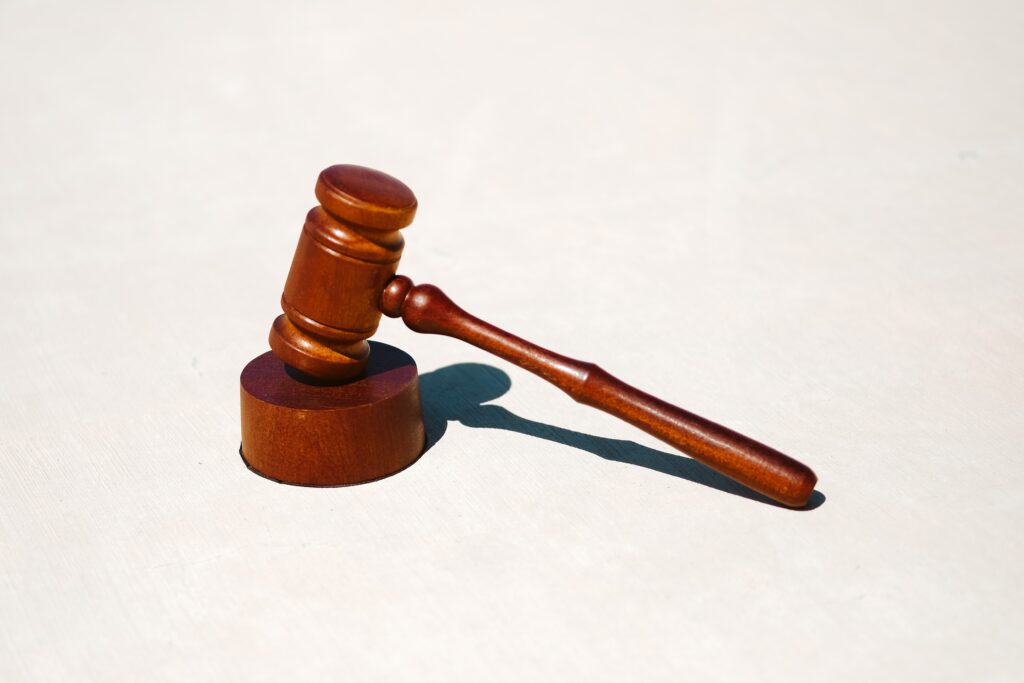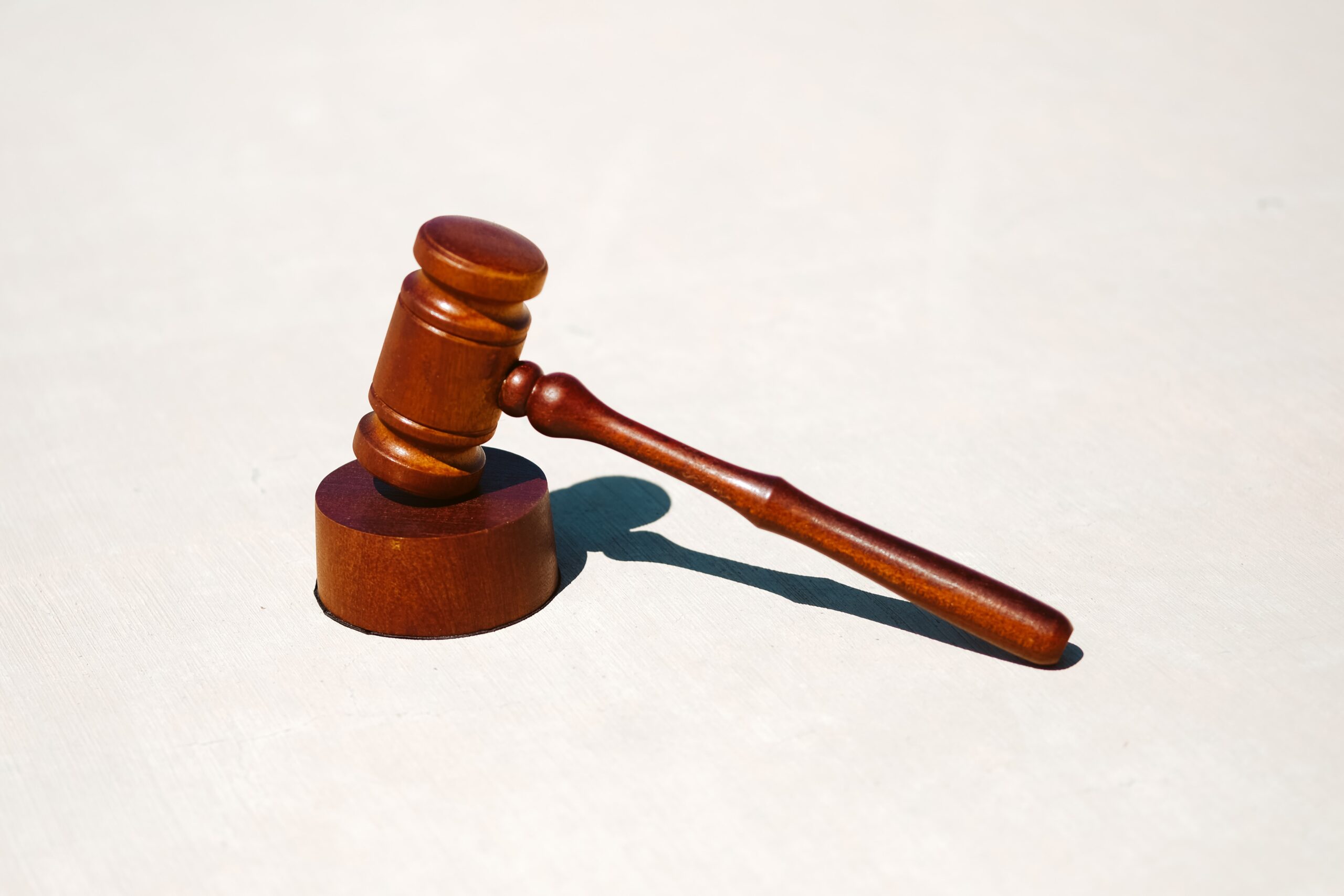
Embarking on the legal journey ahead, navigating the complexities of Paragard IUD lawsuits may feel like treading uncharted territory.
As you contemplate the potential impact of these lawsuits, understanding the evolving legal landscape becomes paramount. Anticipating what lies ahead in 2024 is not just about legalities; it’s about empowerment, awareness, and the potential for resolution.
In this blog, we’ll explore the intricacies of legalities that could hold the key to justice and compensation for those affected by Paragard complications.
Current Status of Paragard IUD Lawsuits
Paragard IUD lawsuits are gaining momentum, with numerous cases filed nationwide. Plaintiffs allege a range of complications, from device breakage during removal to injuries caused by broken fragments.
According to Consumer Notice, the lawsuits primarily revolve around claims that the manufacturer, Teva Pharmaceuticals, failed to adequately provide a warning. This failure was about the potential risks associated with the device. Courts have been consolidating cases into multidistrict litigation (MDL) to streamline the legal process, allowing for more efficient handling of similar claims.
The legal procedures shifted into a key point in June 2023, when the discovery process was started and bellwether cases were discussed. It reduced the number of cases in the pool, which attempted to simplify and concentrate the litigation. A major turning point was reached in September 2023 when the inaugural bellwether trial date for October 28, 2024, was announced.
The plaintiffs filed the Plaintiff Fact Sheet in November 2023. This important document contains information critical to the litigation. These changes indicate the direction and level of organization in the court cases throughout this time. Approaching 2024, the legal landscape for these lawsuits is, therefore, dynamic and evolving.
Emerging Trends in Litigation
One notable trend is the increasing emphasis on the psychological and emotional toll that plaintiffs have endured. Beyond physical injuries, individuals filing lawsuits are highlighting the emotional distress and diminished quality of life resulting from their experiences with Paragard.
Legal specialists are observing a growing focus on the role of healthcare professionals in providing information and obtaining informed consent from patients. Whether medical practitioners adequately communicated the potential risks associated with Paragard use has become a significant aspect of the lawsuits.
Regulatory Actions and Their Impact
Regulatory bodies, such as the U.S. Food and Drug Administration (FDA), have been actively monitoring the safety of Paragard and other intrauterine devices. Recent scrutiny has led to updates in labeling and safety information, reflecting a heightened awareness of potential risks associated with the device.
The regulatory actions not only impact how Paragard is marketed and prescribed but also serve as a pivotal factor in ongoing litigation.
When assessing liability and determining the manufacturer’s responsibility for adequately warning consumers and healthcare professionals, courts may take into consideration regulatory findings and changes. This includes taking into account potential risks associated with the product.
Anticipated Settlements and Compensation
Looking ahead to 2024, the landscape of Paragard IUD lawsuits brings anticipation regarding potential settlements and compensation for affected individuals. As the legal proceedings unfold, the possibility of settlements looms large. They allow plaintiffs to receive compensation for the damages they’ve endured due to its complications.
This prospect is particularly significant for those seeking resolution and financial redress for their medical expenses, emotional distress, and other hardships. It’s essential to note the intricacies of evaluating the Paragard lawsuit settlement amounts. The settlement amounts can vary based on the specific circumstances of each case.
According to TorHoerman Law, several factors are taken into account. These include the nature and extent of the injuries, medical expenses incurred, and the overall impact on the individual’s life during the settlement negotiations. It emphasizes the personalized approach of the legal system in handling the various claims stemming from the complications.
As individuals navigate the legal process, understanding the potential for settlements and compensation becomes crucial. These aid in pursuing justice and resolution in the aftermath of Paragard-related challenges.
Legal Challenges and Defense Strategies
Legal challenges include complex issues related to causation and establishing a direct link between the use of Paragard and the alleged injuries. Defense strategies often contest these causal connections, arguing that other factors may contribute to the reported complications.
Manufacturers like Teva Pharmaceuticals may employ defenses centered on the adequacy of warnings provided to consumers and healthcare professionals. They may contend that the available information sufficiently communicated its potential risks. It places the responsibility on healthcare providers to ensure patients are fully informed.
Another challenge is that the litigation remains in its early phases, and the settlement payments are still based on severity.
According to Forbes, potential compensation is tentatively estimated for three injury level-based levels. Tier 1 recipients may earn between $100,000 and $200,000. Tier 2 recipients may receive between $25,000 and $75,000 for moderate problems. Tier 3 recipients, who are the least badly afflicted, may receive less than $25,000.
The results of bellwether trials might affect these projections. Therefore, it’s important to get legal advice from a knowledgeable lawyer. They’ll help overcome these difficulties and fully grasp the possible compensation in Paragard litigation.
Impact on Consumers and Medical Practices
The repercussions of Paragard IUD lawsuits extend beyond courtrooms, significantly impacting both consumers and medical practices, peering into 2024.
For consumers, the legal landscape brings a heightened awareness of potential risks associated with the device. It prompts individuals to reconsider their choices and consult healthcare providers for alternative contraceptive options. The emotional toll on affected individuals is palpable, emphasizing the need for support networks and comprehensive healthcare.
On the medical front, the lawsuits may influence how healthcare professionals approach the prescription and management of intrauterine devices. Providers may engage in more robust discussions with patients about the potential risks of Paragard, ensuring informed decision-making.
For instance, according to Medical News Today, Paragard may cause adverse effects that range in severity and duration. Clinical investigations have often shown anemia, menstrual pain and cramps, sex-related discomfort, and vaginitis (inflammation of the vagina). Additional adverse effects include cramping and back ache.
Changes in bleeding patterns and the insertion of the device. Even if some effects are temporary, persistent, or severe, symptoms should be discussed with a medical specialist. As a result, via the aid of litigation, there is an increase in open communication regarding side effects and adequate medical advice. It also promotes the possibility to look into alternate forms of birth control.
Legislative and Industry Responses
Some lawmakers are advocating for increased oversight and regulatory measures to ensure the safety of intrauterine devices. Proposed legislation may aim to strengthen warning requirements and enhance the post-market surveillance of contraceptive devices, reflecting a commitment to consumer safety.
Simultaneously, these legal challenges in the pharmaceutical industry prompt a reevaluation of manufacturing practices and communication strategies. Companies may revisit their protocols for product development, testing, and labeling, aiming to address concerns raised in the litigation.
The industry’s response is not only reactive but also forward-thinking. It is contemplating ways to improve transparency and better communicate potential risks associated with contraceptive devices like Paragard.
In conclusion, the legal landscape surrounding Paragard IUD lawsuits in 2024 is dynamic and multifaceted. As you anticipate the year ahead, it’s evident that the legal saga extends beyond courtrooms, influencing consumers, medical practices, and the regulatory environment. The impact resonates emotionally and practically, urging individuals to stay informed and consider their contraceptive choices carefully.


















